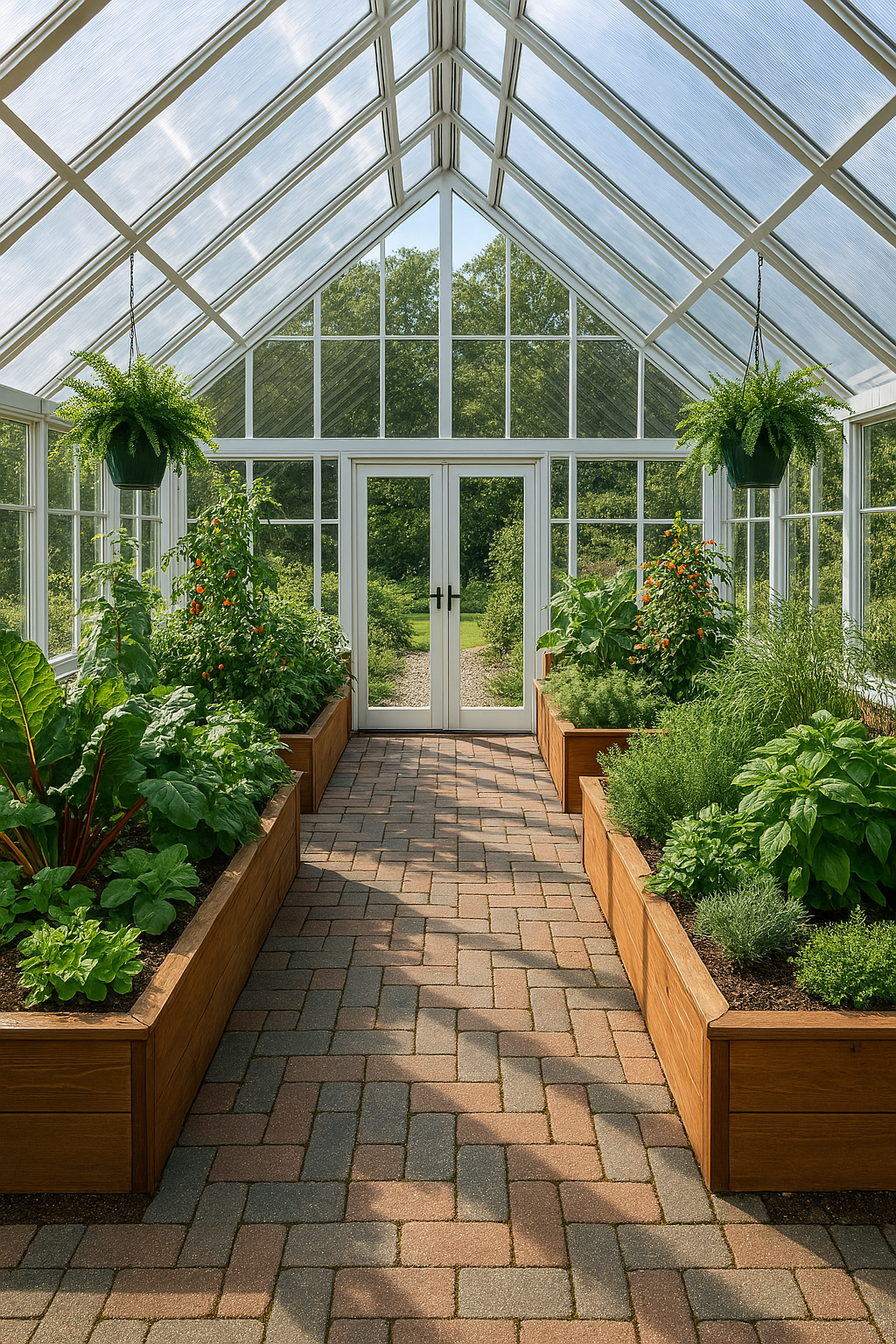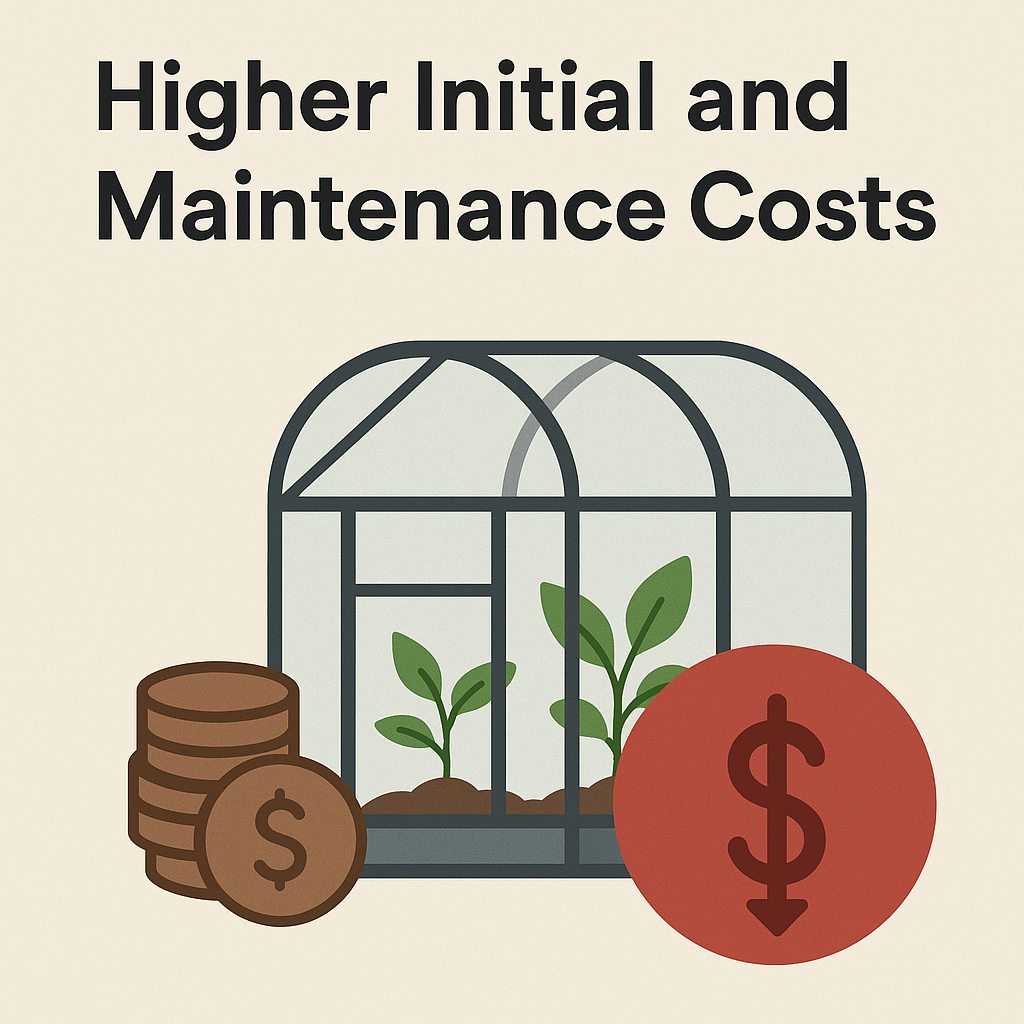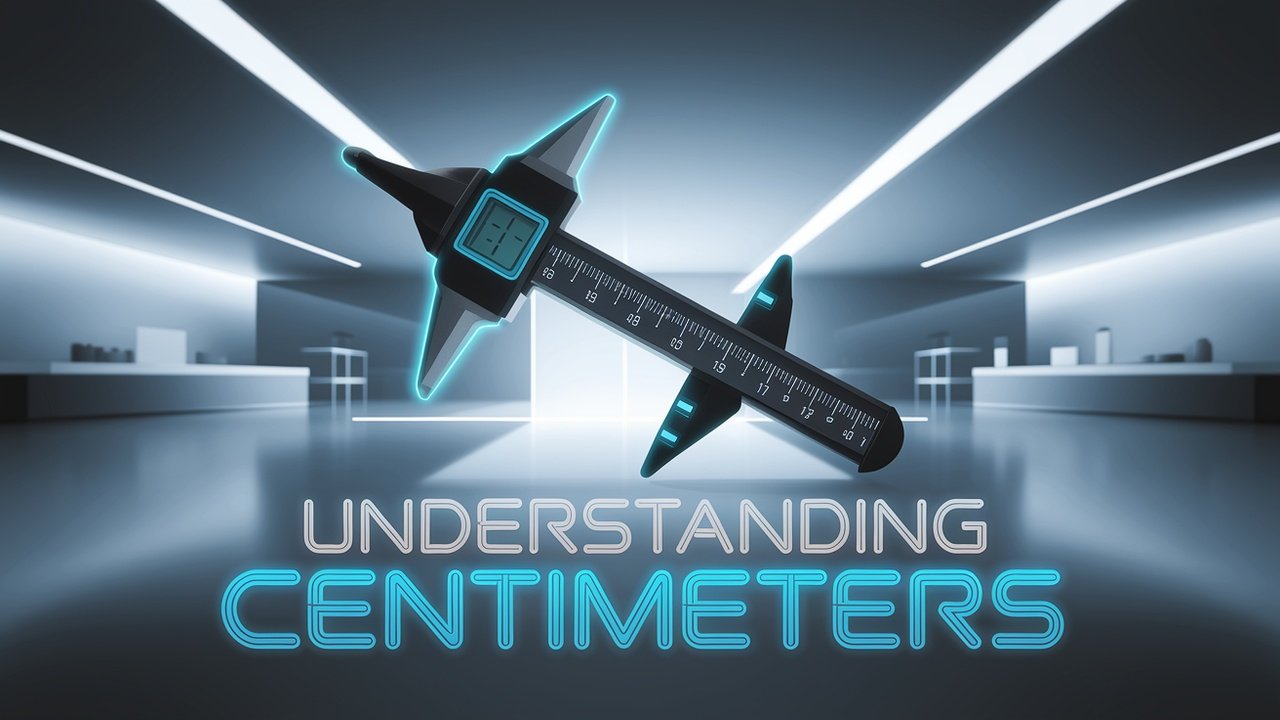Freestanding Greenhouse: 3 Major Disadvantages and Challenges

Introduction
A freestanding greenhouse is a popular choice among gardeners, commercial growers, and hobbyists due to its flexibility, efficiency, and ability to provide an optimal growing environment. Unlike attached greenhouses, freestanding models stand alone, allowing growers to position them in the most favorable locations for sunlight exposure and ventilation.
While these structures offer numerous benefits, they also come with significant drawbacks that potential users should consider before investing in one.
This article explores the three major disadvantages of a freestanding greenhouse, providing insights into the challenges they present, including increased costs, higher maintenance needs, and environmental limitations. By understanding these downsides, gardeners can make informed decisions about whether a freestanding greenhouse is the right choice for their needs.
Disadvantage 1: Higher Initial and Maintenance Costs

One of the most notable drawbacks of a freestanding greenhouse is the higher cost associated with its construction and upkeep. Unlike attached greenhouses, which can share existing walls and utility connections from a home or other structure, freestanding greenhouses require additional resources to function independently.
Factors Contributing to Higher Costs:
- Structural Materials: A freestanding greenhouse requires more framing materials, insulation, and glazing to enclose the entire structure.
- Foundation Requirements: Many freestanding greenhouses need a solid foundation to ensure stability, which adds to construction costs.
- Utility Installation: Independent heating, cooling, and irrigation systems must be installed, unlike attached greenhouses that can share resources from a nearby building.
- Ongoing Maintenance: Standalone structures are more exposed to weather conditions, requiring frequent maintenance of the frame, panels, and ventilation systems.
Cost-Saving Solutions:
- Using recycled or budget-friendly materials.
- Installing passive solar heating methods to reduce energy costs.
- Implementing rainwater collection and drip irrigation systems to save on water expenses.
Disadvantage 2: Greater Exposure to Environmental Challenges

A freestanding greenhouse is more vulnerable to external environmental factors than an attached greenhouse, which benefits from the partial protection of an existing structure.
Key Environmental Challenges:
- Temperature Fluctuations: A freestanding greenhouse experiences more drastic temperature shifts, requiring robust insulation and climate control systems.
- Stronger Winds and Storms: Without the protection of a building, these structures face higher risks of wind damage, requiring durable materials and reinforcements.
- Increased Snow Load: In colder climates, freestanding greenhouses must be designed to withstand heavy snow accumulation on the roof, necessitating strong framing materials.
- Pest and Wildlife Exposure: Detached greenhouses may be more prone to pests, rodents, and even larger animals seeking shelter or food.
Mitigation Strategies:
- Installing windbreaks and protective barriers.
- Using high-quality, weather-resistant materials for better durability.
- Implementing automated ventilation and heating systems to manage temperature variations.
Disadvantage 3: Requires More Space and Land
For growers with limited property space, a freestanding greenhouse may not be the best option. Unlike attached greenhouses, which maximize existing walls and structures, standalone greenhouses require a separate plot of land.
Space-Related Challenges:
- Larger Footprint: A freestanding greenhouse takes up more land area, which may not be feasible in small urban gardens or properties with limited space.
- Zoning and Permit Requirements: Some municipalities have specific regulations regarding standalone structures, requiring permits and inspections.
- Accessibility Issues: Placing a freestanding greenhouse too far from the main property can make accessing utilities, tools, and plants inconvenient.
Space-Saving Solutions:
- Opting for a compact or modular greenhouse design.
- Positioning the greenhouse near water and electrical sources for efficiency.
- Researching local zoning laws to ensure compliance before installation.
Conclusion
While a freestanding greenhouse offers flexibility, year-round growing opportunities, and improved plant health, it also comes with notable disadvantages. The higher costs, greater exposure to environmental challenges, and space requirements can make it less practical for some gardeners. However, with careful planning, innovative solutions, and the right materials, many of these challenges can be mitigated.
Before investing in a freestanding greenhouse, consider your budget, available space, and climate conditions. By weighing the pros and cons, you can make an informed decision that best suits your gardening needs and long-term goals.





